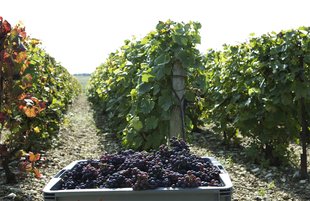A Complete Guide To the 7 Champagne Grape Varieties
There are three predominant Champagne grape varieties - Chardonnay, Pinot Noir, and Pinot Meunier. They account for 99% of the plantings in the region.
Champagne can also have four other rarer, white grape varieties in the blend - Pinot Blanc, Pinot Gris, Petit Meslier, and Arbane. Let’s explore the 7 Champagne grape varieties. Also, find out how they’re different from the “Champagne grape” Corinth, that’s not used for making wine.
Further reading
- Interested in learning more about Champagne? Here’s all you need to know about Champagne and the best bottles for 2022.
- Also, learn about the 23 most popular Red and White wine grape varieties.
7 Champagne Grape Varieties
According to the AOC guidelines, the grapes used to make Champagne must be Chardonnay, Pinot Noir, and Pinot Meunier. The other four varieties are used too, but rarely.
Here’s how these grape varieties affect the composition of a Champagne:
1. Chardonnay

There are around 25,000 acres of Chardonnay plantings in the region.
This white grape gives the Champagne a delicate fragrance, along with floral, butter, and citrus notes. It adds racy acidity and structure to a blend.
2. Pinot Noir
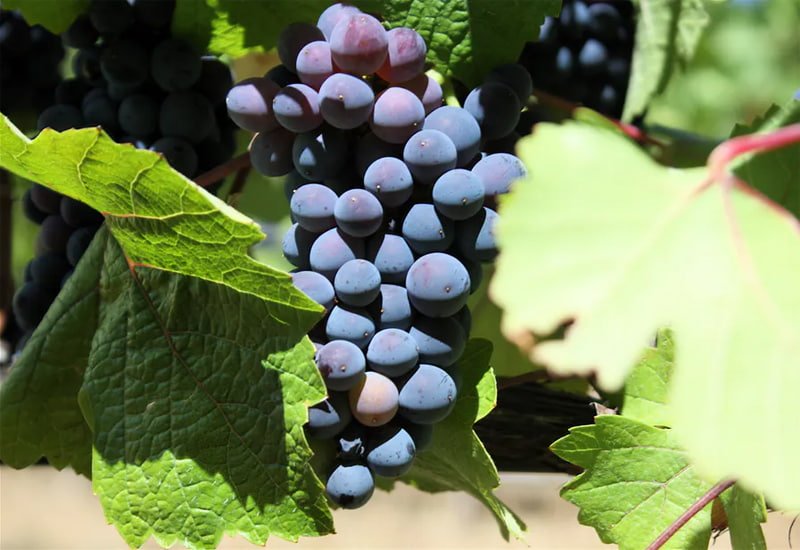
Pinot Noir is the most widely planted grape vine of the Champagne region (more than 32,000 acres.)
This delicate black grape adds body and backbone to the blend with lovely aromas of red berries. It also gives a mouth-filling, structural texture to the Champagne.
3. Pinot Meunier

Pinot Meunier was historically used as a blending grape but has recently gained popularity since some Champagne house owners have started to produce 100% Meunier Champagnes.
A distinct characteristic of this grape vine is the indented leaves with fine white hair that may resemble a dusting of flour.
In the Champagne blend, this black grape provides a red fruit flavor, richness, and aromatics to the wine.
Interestingly, Blanc de Blancs is made from 100% white wine Chardonnay grapes, while Blanc de Noirs is made from the juice of the red grapes - Pinot Noir and (or) Meunier.
Now:
Pinot Blanc, Arbane, Pinot Gris, and Petit Meslier were also used for making Champagne, but their new plantings were banned after 1938 due to low vineyard yield and poor disease resistance.
However, “grandfather’s rights” allow Champagne producers to use the vines planted till 1938. So, you may still find some of these varieties in your bottle of sparkling wine.
Let’s discover how these grapes affect our favorite sparkling wine:
4. Pinot Blanc
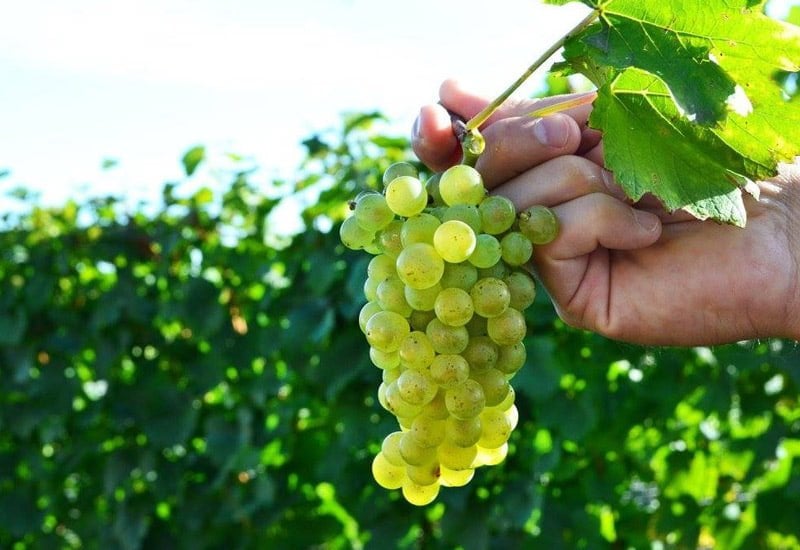
Originally from Alsace, Pinot Blanc is a white grape variety related to Pinot Noir.
It needs tender care and pruning since it has big berries and is prone to botrytis.
Pinot Blanc gives strong floral and honey flavors to the wine and adds a lively acidity to the palate.
5. Pinot Gris
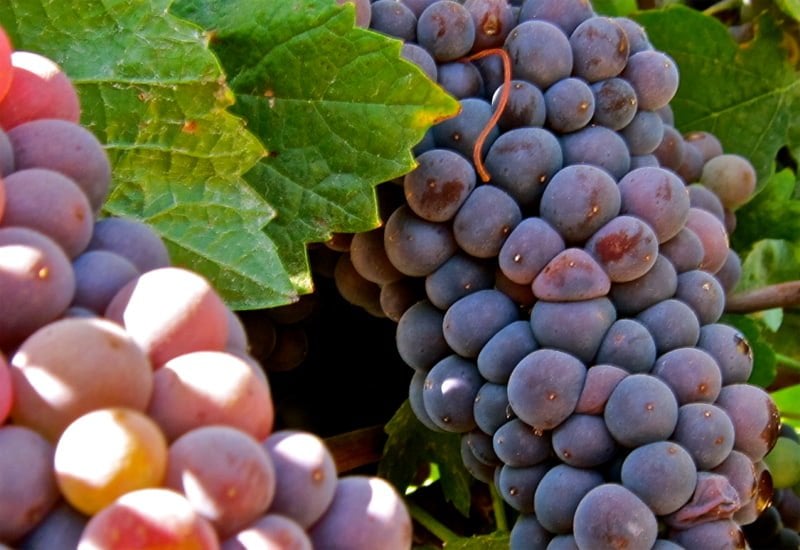
Planted in the Burgundy region since the Middle ages, Pinot Gris (Fromenteau) is thought to be a mutation of Pinot Noir but has a brownish-pink, black or white color.
It matures quite early and has high sugar content.
The grape adds an intense fruit flavor and richness to the Champagne blend.
6. Petit Meslier
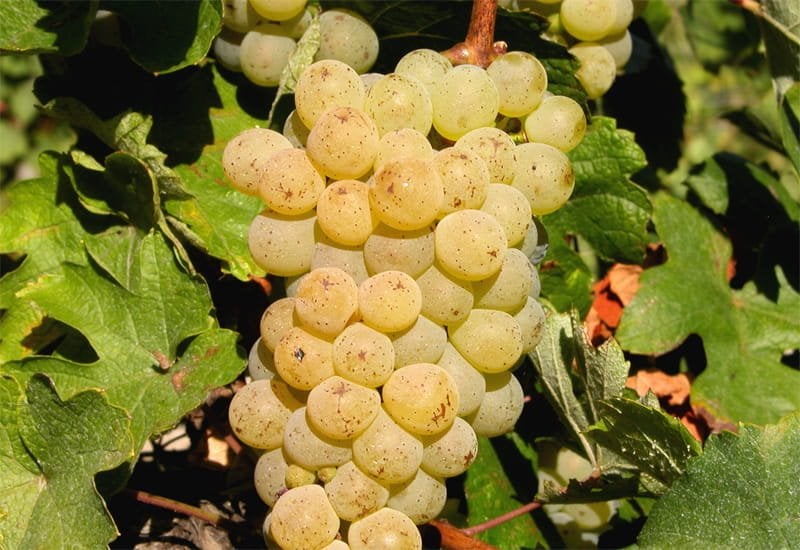
Petit Meslier is a light-colored grape related to Chardonnay. It’s resistant to frost but has poor disease resistance and low yields.
The grape is used in small amounts in Champagne since it has a racy acidity. It adds vegetal flavors to the wine and may remind you of Sauvignon Blanc.
7. Arbane

Arbane is probably the rarest Champagne grape currently, with less than 2.5 acres left in France.
It’s a light yellow grape with a grape vine that has a very low yield and is highly susceptible to downy mildew.
Despite its rarity, Arbane is still used in some Champagnes for its rustic herbal flavors.
Did you know the red Gamay grape was also part of the Champagne blend? However, it’s no longer permitted.
Also, you might have heard of Corinth grapes being referred to as “Champagne grapes” because they resemble tiny bubbles.
But they’re entirely different. Here’s why:
Grapes Used to Make Champagne vs. “Champagne Grapes” (Corinth)
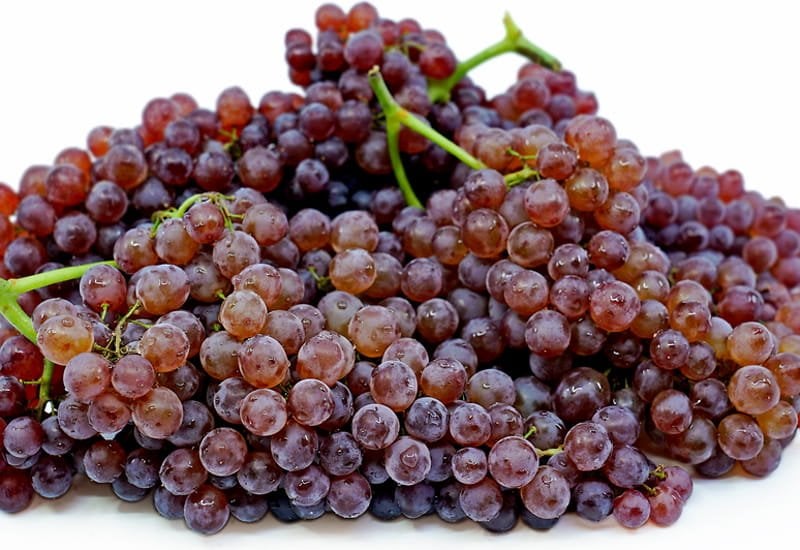
The Corinth grape (or Champagne grape) is a small, black, seedless grape variety used as a table grape, but never to make Champagne.
These tiny grapes are raisins and are generally served as a snack with cheese or used in salads since they’re seedless and have a sweet flavor.
The black Corinth grape is also dried and sold as Zante currant, currant, or raisin. The dried currant is particularly used in desserts like pastries, scones, etc.
Buy An Exquisite and Rare Champagne Wine
Your favorite Champagne may be made from Chardonnay, Pinot Noir, Pinot Meunier, and the four rarer grapes - as a varietal or blend.
Some Champagne houses like Bollinger have started planting more of the lesser-used four varieties since their high acidity beautifully balances the sweetness of ripe fruits.
What’s interesting is that high-end Champagnes like Dom Perignon, Ruinart, Louis Roederer, etc., have excellent investment potential.
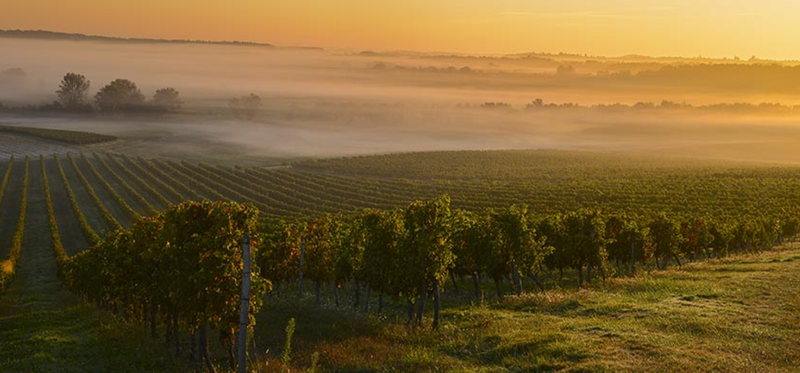
Vinovest can help you procure, store, and sell these and any other vintage Champagne from across the globe within a few clicks.
